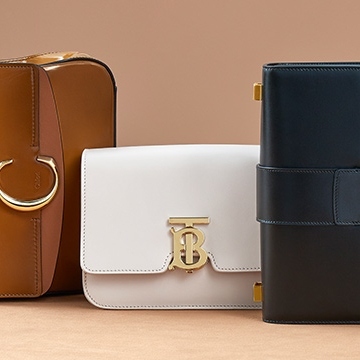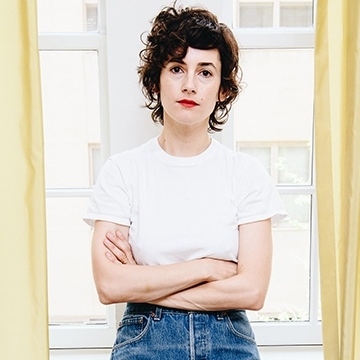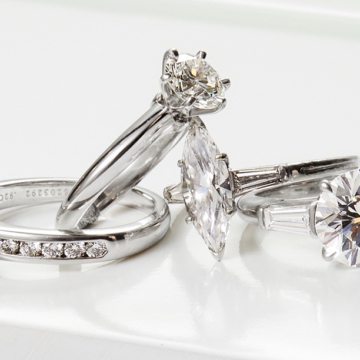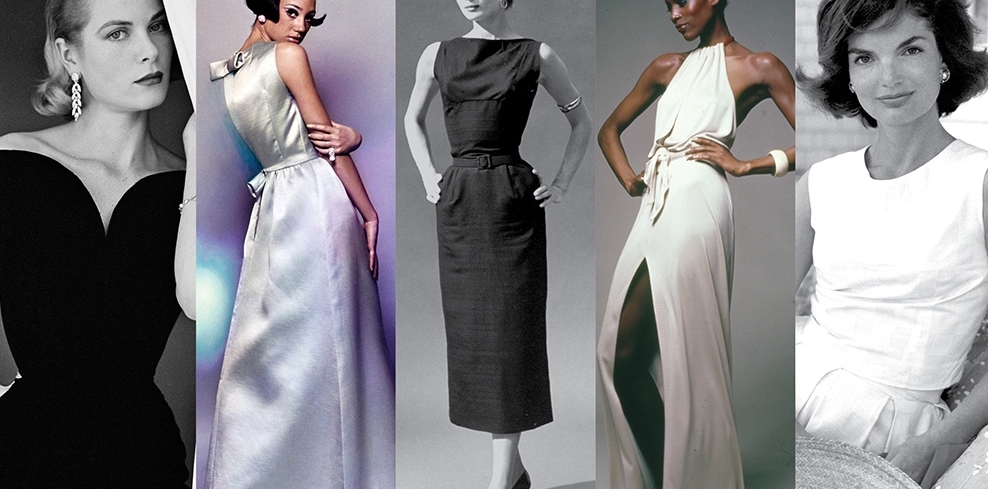
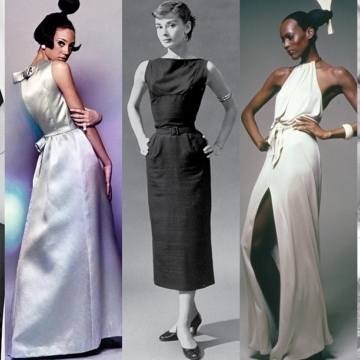
Q&A: Amy Fine Collins On The International Best-Dressed List
If you don’t know Eleanor Lambert by name, you definitely know her by her fashion legacy. To wit: the CFDA, the Met Gala, New York Fashion Week and The International Best-Dressed List. Save some fashion institutions for the rest of us! Well, saving the last of those fashion institutions is exactly what insider, award-winning writer and longtime Vanity Fair correspondent Amy Fine Collins has devoted herself to. In 2002, Collins was among the select four people (also including Graydon Carter, Reinaldo Herrera and Aimée Bell) to whom Lambert bequeathed the safeguarding of the vaunted IBDL. And not only has she done just that, she’s now written the book on it. Literally. In her recently released history, The International Best-Dressed List: The Official Story, Collins dishes on the backstory, intrigue, glamour and enduring cultural impact of the list, which will mark its 80th anniversary this year. Read on as she gives us the inside story.
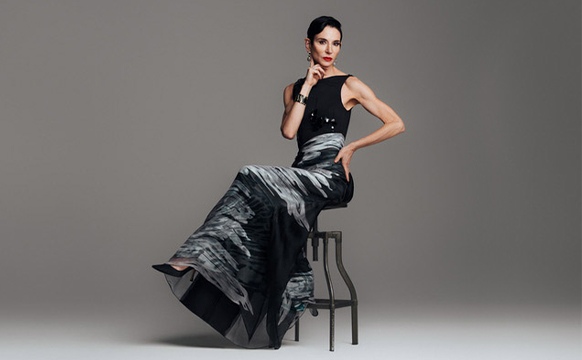 Author Amy Fine Collins
Author Amy Fine Collins
What has been the most surprising thing about co-helming the IBDL or writing the book?
It is always a pleasant surprise to see how much people care about the List. The degree to which they care is evident from the excitement of the winners, the general attention the annual announcement receives, and the passion with which people argue about the IBDL results. So far as researching the book goes — in founder Eleanor Lambert’s archives, there are letters from heads of state (including Margaret Thatcher), literary lions (Tom Wolfe), movie stars (Audrey Hepburn), and royals, all thanking Eleanor for the honor bestowed on them.
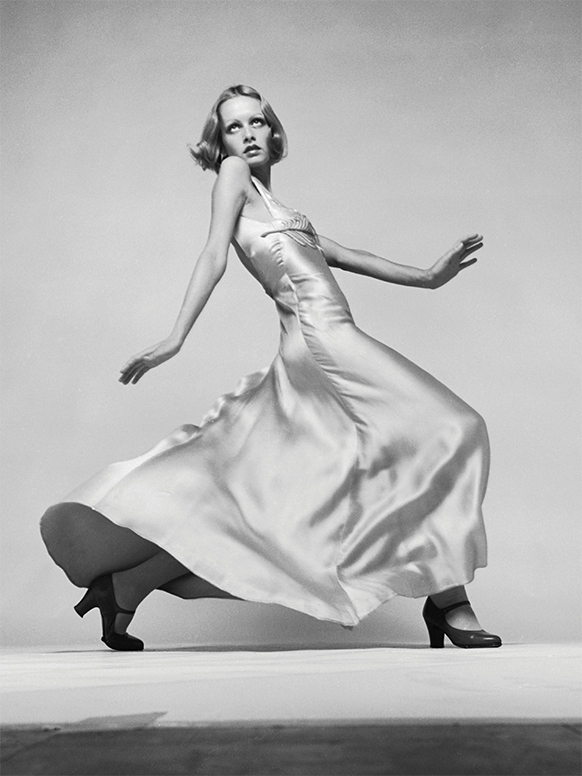 Twiggy Getty Images/Justin de Villeneuve
Twiggy Getty Images/Justin de Villeneuve
What does it mean to be best dressed?
Best dressed means finding your own style, one that is suitable to your life, and remembering that getting dressed is both for yourself and for those who observe you. Just like manners, dressing well is a matter of showing respect for other people. Best dressed is not about how much money you spend or how much you shop. We’ve all seen how over-consumption can lead to fashion victimhood. It’s about an attitude, the ease with which you wear your clothes, and about the quality of the contents of both your closet and your mind.
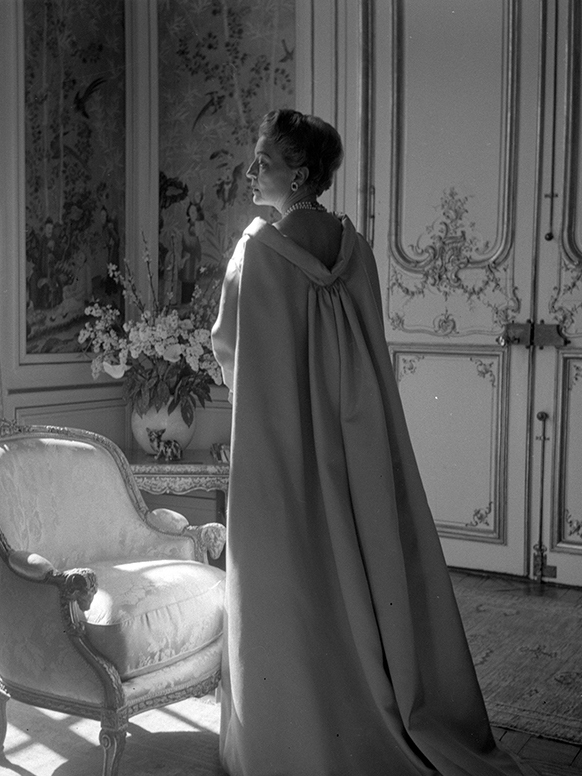 Mona Williams Bismarck © The Cecil Beaton Studio Archive at Sotheby’s
Mona Williams Bismarck © The Cecil Beaton Studio Archive at Sotheby’s
Obviously the rules have changed significantly from 1940 to today. How has the list changed over that time?
The IBDL always reflects the times in which we live. So during the ’40s people involved in the war effort were named. But most of the women voted onto the List then were better-known for their advantageous marriages than for their own achievements. The Duchess of Windsor would be a good example of that. In the ’50s, a new, younger glamour came in, often connected with the great fashion houses of the day. This was the era of the Swans. Women took great time and great care to get dressed. The world was a slower place, so there was more time for fittings, for custom-made clothes, for changing outfits throughout the day. During the ’60s, the various cultural upheavals come to the fore — the youth rebellion, the male “peacock revolution,” the civil rights movement. Women had more freedom, more mobility, more independence, and the clothes and the honorees reflected that. The jet set also defined the style of the period. And there was Jacqueline Kennedy, one of the most influential fashion figures of all time. In the ’70s, a decade of recession, as well as the energy and hostage crises, the IBDL became slightly more populist, with individuals from television and pop culture entering the List. Halston and Yves Saint Laurent ruled as the style arbiters, in the U.S and Paris, respectively. In the prosperous ’80s, the Reagans and Princess Di set the tone for a new opulence. The ’90s were a post-modern moment when niche markets, minimalism and even grunge and “geek culture” were acknowledged by Eleanor and the IBDL. In the 2000s we see the effects of the global economy, the Internet, social media, the apotheosis of the celebrity, and the increasing fusion of the entertainment and fashion industries.
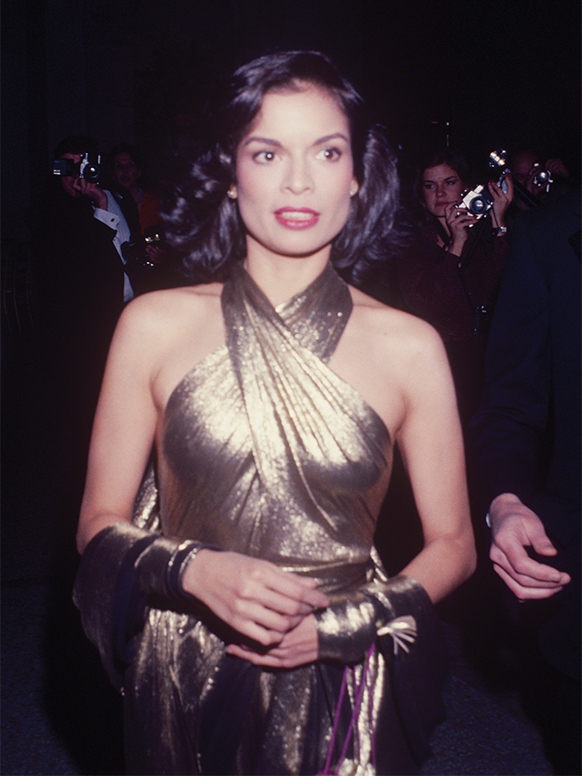 Bianca Jagger Getty Images/Art Zelin
Bianca Jagger Getty Images/Art Zelin
With social media and the omnipresence of trends, fashion has become so personal and democratized — where does a best-dressed list chosen by an appointed committee fit into this landscape?
In fact social media has also had a way of making fashion more conformist, and somehow also more inauthentic. People don’t want to re-wear looks because they don’t want to be “repeaters” on Instagram. It’s difficult to achieve great style if you don’t have some kind of relationship with your clothes — they should be an extension of who you are, and take on more meaning to you over time. Everyone now is also increasingly wary of “influencers,” who are pushing products for personal gain, not out of real conviction, and who often buy followers. The List in fact begins as a poll, with ballots and voting, so there has always been a democratic element to it. The committee then oversees the results of the popular vote, not unlike the role the electoral college has in national elections. This year, instead of mailing out paper ballots — the method since 1940 — voting was open to Air Mail subscribers and any reader who logged on with their email. The List has more of a place in this landscape than ever before, because we have become more and more a visual culture, and fashion more and more a global language. At the same time, what has been missing in all the chaos and freneticism of social media is an authentic voice. IBDL is a respected institution, with a great heritage and great authority behind it, able to make sense of the surfeit of fashion images flooding both the digital universe and real life.
The book illustrates that the way people dress is about more than just fashion. It can reflect the zeitgeist and values of a time period. Is there a person or look covered in the book that encapsulates this for you?
We can go back to Jackie for this question. Jackie embodied the youthful optimism of the 1960s and a moment when the rest of the world looked up to America. Her style was simple, fresh, and accessible — yet still sophisticated. She provided an achievable blueprint of elegance for women around the world and across demographics.
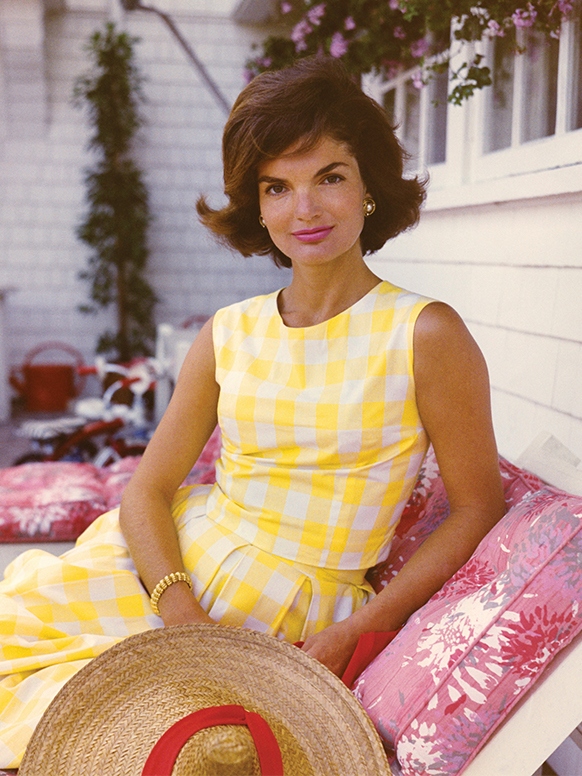 Jacqueline Kennedy Getty Images/The Estate of Jacques Lowe
Jacqueline Kennedy Getty Images/The Estate of Jacques Lowe
What’s one tip that anyone can glean from the IBDL about dressing well?
There is more than one way to achieve elegance. Your clothes should give pleasure to both yourself and to those who see you. Your own personality and character should dominate the clothes, not vice versa.
You first made the list in 1994 and were inducted into the IBDL Hall of Fame in 1997. Which look of yours to make it onto the list is your favorite — can you tell us about it? Also, did making the list change the way you thought about your own style?
At the time I was Geoffrey Beene’s muse, so I was always in Mr. Beene’s most advanced and experimental runway clothes. His style was my style. His clothes defined me and vice versa. It was a kismet moment for both of us. I remember somebody criticized my election to the List by saying that I only wore Beene. Well, that was the point. After I was elected, I did begin to feel a larger responsibility to look my best and live up to the legacy of the List.
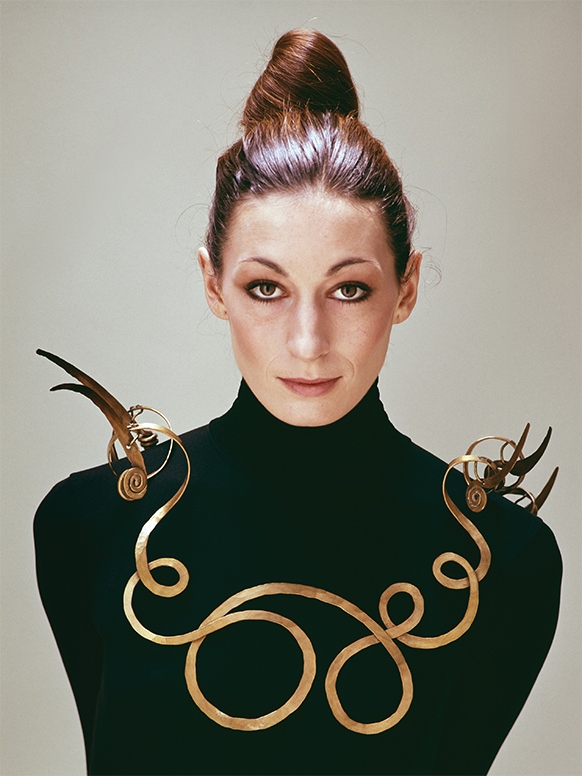
Anjelica Huston Getty Images/Evelyne Hofer
Is there someone you really fought for to make it onto the list?
Even if someone gets a lot of votes, it doesn’t mean she or he will end up on the List. There have been a few people whom I had to go to bat for in order to ease their way onto the List, or into the Hall of Fame. Other times I knew that if I were patient, I could wait until other people’s eyes adjusted to a look that might have been ahead of its time.
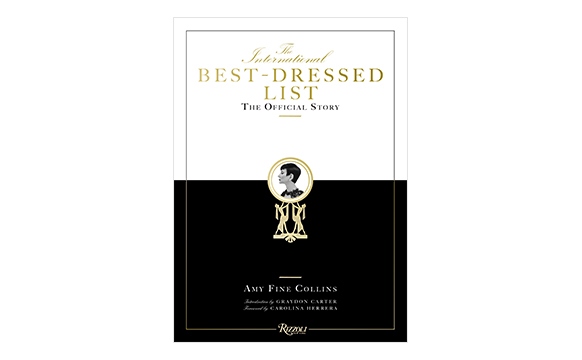 The International Best-Dressed List: The Official Story by Amy Fine Collins Courtesy of Rizzoli
The International Best-Dressed List: The Official Story by Amy Fine Collins Courtesy of Rizzoli
In the book it’s mentioned that Lambert was offered enticements of up to $50k for placement on the list. What’s the most ingenious way someone has tried to butter you, or one of your fellow committee members, up to get on the list?
People have tried to butter up voters too — not just committee members. Some aspirants are more transparent than others in their motives. I have been petitioned, lobbied, and given auditions, so to speak. In a few cases I acquired new “friends” who, it turned out, all along had an agenda. No cash bribes have ever been offered to me, though.
Check out the book and find your own version of best-dressed here.


